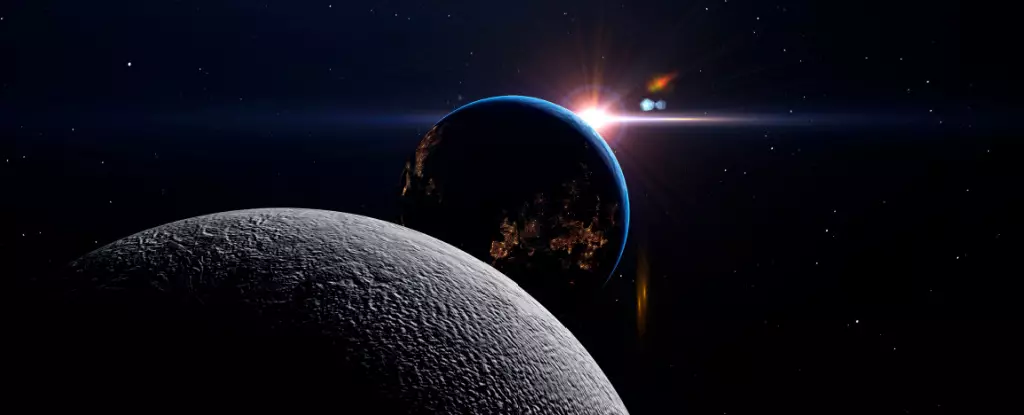Ever since astronauts left the lunar surface, the moon has been longing for their return. 52 years later, it appears that the moon has gotten ahead of us Earthlings by 1.1 seconds. Additionally, the moon’s time stretches ahead of Earth’s by 57 millionths of a second every day. While this may seem insignificant, it has significant implications, especially as NASA gears up for crewed missions to the Moon and beyond.
NASA’s crewed missions to the Moon and Mars depend on precise timing for navigation. The new study by NASA scientists sheds light on how gravity can affect time, with the differences in gravity between Earth and the Moon playing a crucial role. With atomic clocks now sensitive enough to detect small differences in time between objects under different gravitational pulls, we are beginning to understand the impact of gravity on time in a new way.
As NASA plans to return astronauts to the Moon by 2026, the need for precision in timekeeping becomes more critical. Cheryl Gramling, a navigation systems engineer at NASA, emphasized the importance of accurate timekeeping for safe navigation and landing on the Moon. Infrastructure like GPS on Earth provides time down to the nanosecond level, and similar precision is necessary for lunar missions.
Earlier this year, NASA and other US agencies were tasked with developing a unified time reference system for the Moon. The new findings regarding the time difference between Earth and the Moon will play a crucial role in this effort. Calculations by NASA physicist Slava Turyshev and his colleagues reveal that the Moon has gained 57 millionths of a second per Earth day, relative to the barycenter of the Solar System. While these findings align closely with previous research, further validation is needed to establish a definitive definition of lunar time.
Peer Review and International Collaboration
The findings from NASA scientists and other researchers regarding the time difference between Earth and the Moon will undergo peer review to ensure accuracy. Additionally, international bodies such as the International Bureau of Weights and Measures and the International Astronomical Union will convene to discuss and validate the definition of lunar time. This collaboration is essential in establishing a standardized time reference for future space missions.
As we unravel the mysteries of time in space, it is crucial to also monitor changes on Earth. Our planet’s rotation is gradually slowing down, leading to slightly longer days. Human activities that extract resources from the Earth have also impacted its spin. Understanding the relationship between time, gravity, and celestial bodies like the Moon is not only crucial for space exploration but also for our understanding of Earth’s own processes.
The new insights into the time difference between Earth and the Moon open up a new chapter in our understanding of time and gravity. As NASA prepares for future missions to the Moon and Mars, accurate timekeeping will be essential for the success and safety of these endeavors. By collaborating with international partners and conducting peer-reviewed research, we can establish a standardized time reference system that will guide us in our exploration of the cosmos.


Leave a Reply